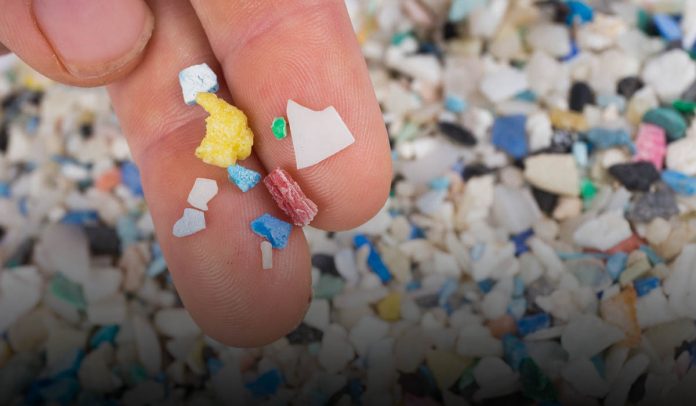It is well known that a massive amount of plastic goes into the oceans every year, which in turn littering beaches, polluting the seas, and endangering wildlife. The plastic trash has been creating pollution even in the most remote locations of the Earth, including in the deepest portions of our oceans and also in Antarctica.
Novel research from CSIRO (national science agency of Australia) published on Monday in the journal Frontiers in Marine Science has highlighted that issue, guessing that there is fourteen million metric tons of microplastics present on the ocean floor.
The research suggests that it is above thirty-five times higher plastic than it is thought to be floating on the water surface.
Researchers and analysts described that the work is the initial global approximation of microplastics, different parts of plastic that have been damaged by the things into small fragments, less than five millimeters or 0.19 inches on the sea ground.

Source: Web
Sediments collected with the help of robotic submarine
With the help of robotic submarine, the group gathered samples of residues from the sea ground up to three thousand meters or 9,800 feet, which is deep from 6 sites in the Great Australian Bight, up to 236 miles or 380 km off the coast of South Australia.
Various analysis was done on fifty-one samples which described that there was an average of 1.26 microplastic parts per gram of sediment. Moreover, researchers said that this is up to twenty-five times higher microplastics than earlier deep-sea researches.
In a statement, Justine Barrett at CSIRO’s Oceans and Atmosphere, who organized the research, said that even the deep ocean is vulnerable to the plastic pollution issues.
She added that plastic pollution that enters the ocean deteriorates and breaks down, finally ending up as microplastics. She continued that the conclusion demonstrates microplastics are indeed drowning to the ocean floor.
The concerns are only set to get more worse as plastic manufacturing and pollution is expected to ramp up in the upcoming years.





